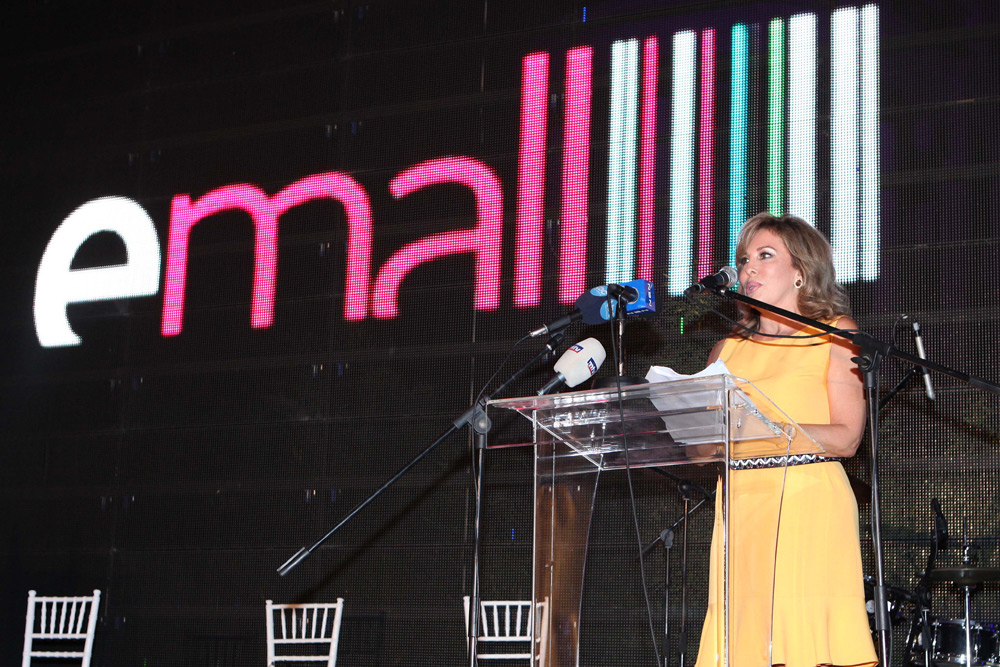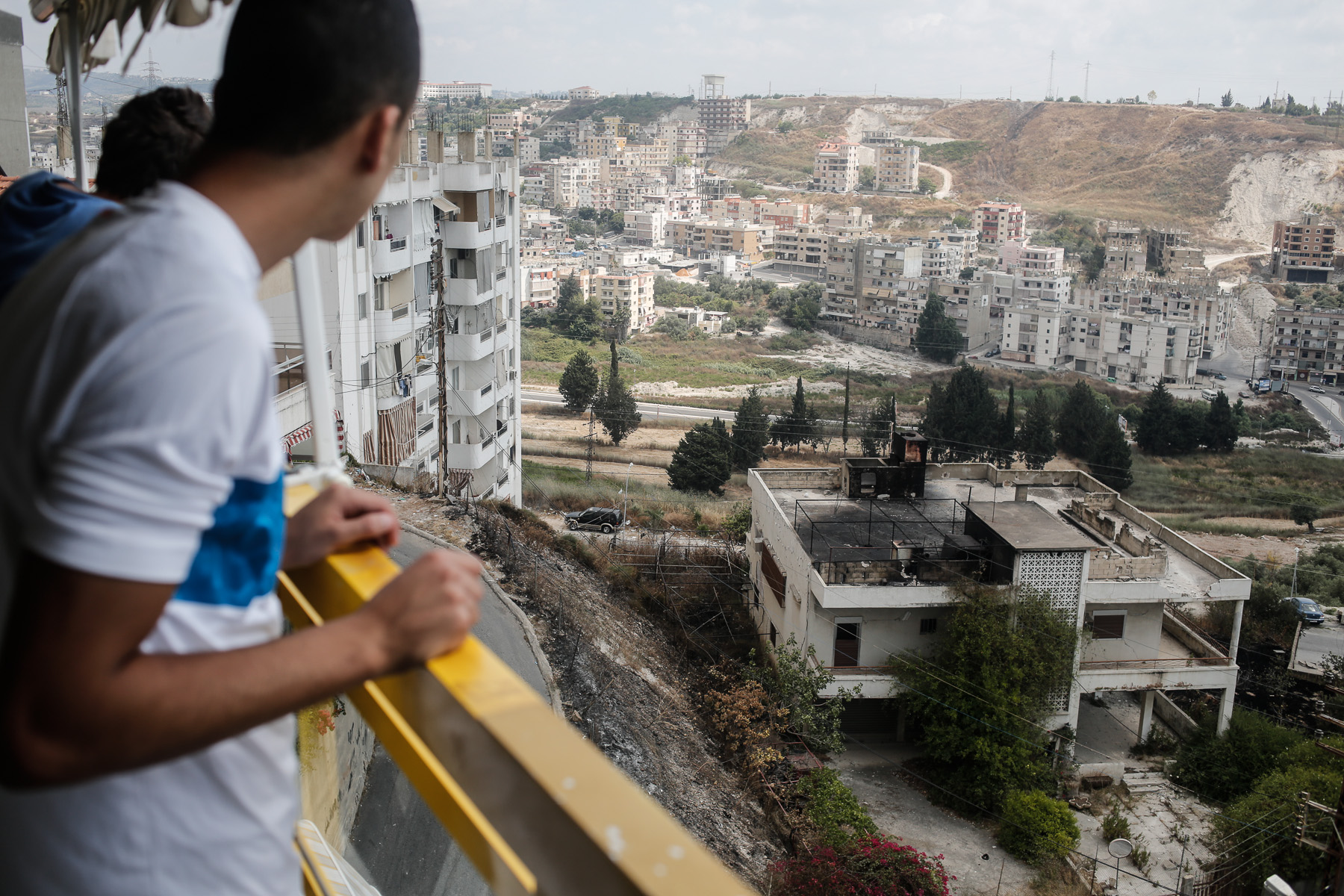As continued troubles roil the Middle East, the need for action to stabilize the region economically becomes more urgent. Since 2011, in much of the Arab world a lack of stability has created a vicious circle of weaker economies and political unrest that is becoming tougher to handle through normal policy measures.
Of course, many problems in Arab economies are internal, due either to local political conflict or mismanagement. Yet, the regional situation has a major impact: despite home-grown elements of the Arab Spring in many states, the Palestinian-Israeli dispute remains a major obstacle to regional stability and prosperity. Real peace between Arabs and Israelis could help the countries around Israel to end costly and destabilizing confrontation, allowing the private sector and civil society to flourish. In the case of Lebanon and Syria, the advantages of a genuine, just peace with the Israelis would be dramatic, but Egypt and Jordan (those countries that already have treaties with Israel) could also benefit enormously from expanded relations with the Jewish state that are based on justice and sustainability.
Seeming to sense this potential, US Secretary of State John Kerry has kept a busy schedule of shuttle diplomacy, making four Middle East trips in less than five months on the job. “So much of what we aspire to achieve and what we need to do globally, what we need to do in the Maghreb and South Asia, South Central Asia, throughout the Gulf, all of this is tied to what can or doesn’t happen with respect to Israel-Palestine,” Secretary Kerry said during his Senate confirmation hearing in January.
On June 27-29, as part of his fifth visit to the region, he will meet with Jordanian, Israeli, and Palestinian officials on advancing Middle East peace. While there is much cynicism about his plans, perhaps a little optimism couldn’t go amiss.
A key component of his strategy has been to re-introduce the Arab Peace Initiative (API) as a starting point for a comprehensive regional solution to the conflict with Israel. Promulgated at the 2002 summit of the Arab League, the declaration called on Israel to complete withdrawal from the occupied Arab territories to the pre-1967 war line, attain a just solution to the problem of Palestinian refugees, and accept an independent and sovereign state of Palestine in the West Bank and Gaza Strip – with East Jerusalem as the capital.
In return, the Arab states committed to regarding the conflict with Israel as having ended and signing a peace agreement with the Jewish state to normalize relations. The API was unanimously re-affirmed at the 2007 Arab League summit at which all 22 members except Libya were present, with Ismail Haniyeh of Hamas abstaining. In 2009, then-Senator Kerry called the API the basis for Arab countries to play a more active peacemaking role and paint a clearer picture than ever of the rewards peace would bring. That indication of the stability and prosperity the region could enjoy through peace has become even more relevant in light of recent economic retrogression in the Arab world.
In early April of this year, the US informed the Palestinians that a new approach to peace negotiations would be on the basis of the API with the 1967 lines modified through mutual agreement. Later that same month, the Arab League agreed to support limited land swaps as part of a peace deal based on the two-state solution of the API.
Amid present turmoil in the Middle East, it is significant that Arab leaders remain publicly committed to the API, which is itself consistent with an overwhelming international consensus. On the Israeli side, Yaakov Peri, Israel's science and technology minister and former head of the Shin Bet security agency, last week endorsed the API, the strongest statement by an official of Israel in favor of the Arab initiative since its relaunch in April. Peri sits on a small committee of senior Cabinet members that is briefed on peace efforts, and his comments appeared timed to support Secretary Kerry's moves to mediate resumption of talks between the two sides.
Would the API solve all the problems of the region? Clearly not. But an easing of tension on the Palestinian-Israeli front would help the Middle East become more stable. Of course, there is little optimism that a breakthrough is coming in the coming weeks, but Kerry’s seemingly strong commitment to the plan – and relentless visits to the region – could help push both sides slightly closer to a deal.
Riad al Khouri, a Jordanian economist who lives in the region, is principal of DEA Inc, Washington DC



![Tuesday[39]](https://www.executive-magazine.com/wp-content/uploads/2014/01/Tuesday39.jpg)



